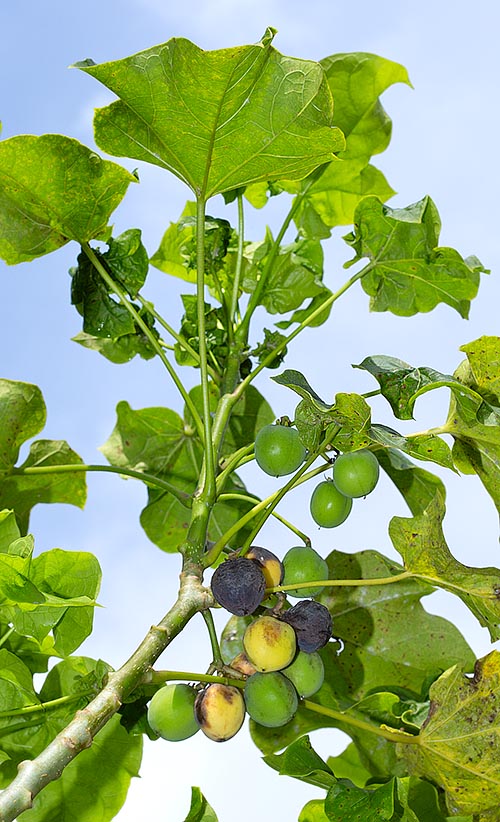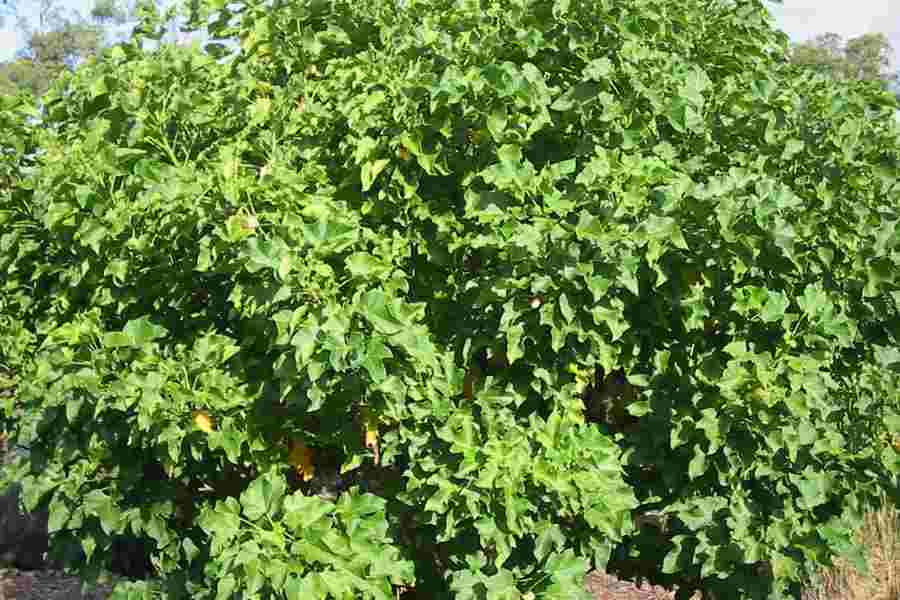Pests Of Jatropha
페이지 정보

본문
Jatropha Curcas is getting value commercially as the demand of nonrenewable fuel sources increases significantly and likewise Jatropha is an environmentally friendly energy plantation. Plantation of this plant is thought about to be an excellent fuel substitute and it is likewise extremely economical compared to other fuels. Recently, Jatropha is dealing with some difficulty with insects and illness. The pests are categorized into 2 ranges: Pest that impact young plants and Pest that impact grown plants.
Young plant insects: Cutworm, Scarabeid Beetle, Army worm, Grasshopper.

Agrotis ipsilon: It is frequently called Cut worm. This insect affects the seedlings and young Jatropha plants. If the plant is impacted by the cutworm, the stem gets cut nearer to the soil surface area and this will shrunk the plant completely.
Control: This pest can be managed by choosing the larva found around the plants or by mixing the bran, sawdust with insecticides.
Scarabaeid Beetle: This bug destroys the root of the young plant. Initially, the larva takes in the natural matters present in the soil and after that comes to the root. The larva attack may eliminate the entire plant.
Control: The plant with great resistance power can overcome the bug. For heavy attack, insecticides with components carbosulfan and carbofuran can be utilized to kill the bug.
Army worm: Spodoptera litura existence can be identified by biting in the leaves. The serious infection might completely kill the plants.
Control: Insecticides are utilized to control the insects.
Grasshopper: This prevails pest discovered in a number of plants. Valanga nigricornis and Locusta migratoria commonly attacks the plant. The pest frequently attacks the young plant.
Control: The insecticides utilized betacyfluthrin, cypermethrin, thiodicarb, MIPC, and fipronil.
Pest observed in fully grown plants:
Pest of Stem: Ostrinia furnacalis, Xyleborus spp.
Ostrinia furnacalis and Xyleborus: This pest harms the Jatropha stem and it is commonly seen in Indonesia. The stem assaulted by this pest usually fall down. The presence can be recognized by the larva penetration hole at the stem.
Control: The Insecticide normally utilized to manage this bug is carbofuran.
Pest of leaf: The typical insects observed are leaf caterpillar, Neetle caterpillar, Leaf hopper, Mite, Ear corn caterpillar.
Leaf Caterpillar: This bug can eat all the leaves of the plant in brief period. The and yield of the seeds get lowered due to the heavy attack.
Control: This can be controlled by picking the old larvae around the surface and tossing away the assaulted leaves.
Needle Caterpillar: This caterpillar is covered with spines and produces a burning feeling when permitted to call with skin as it produces particular chemical substance. Initially the pest crowded in the leaf and then spread all over the plant when it ages.

Control: Manually, the insect can be eliminated only by soaking it in water or kerosene. The heavy attack can be managed by spraying organophosphate insecticides.

Leaf Hopper: This insect is discovered mainly in tropical and subtropical areas. The bug targets the leaf and draws all the nutrients of the leaf and gets curls at the tip. Later, the whole leaf dry and pass away.
Control: The heavy attack can be controlled by utilizing insecticides like imidachloprid, beta cyfluthrin or carbosulfan.
Mite: Mite likewise assaults the leaf and makes the entire plant weak. The insect presence can be recognized when the leaf ended up being yellow-colored, shrinks, turns red and drop. The insect can likewise be spread through fallen leaves.
Control: Some preventive steps can be simulated proper sanitation and burning the fallen leaves. Heavy attack can be dealt with by spraying insecticides.
Some awful insect which assaults flower and fruit are, Stink bug (Nezara viridula)
Chrysocoris javanus, Tip borer caterpillar.
Stink Bug: Sting bug is a serious pest which assaults the plant throughout blossom duration so the crop yield completely falls down. This bug is seen around the tropical area.
The hazardous enzyme in the plant diminishes the whole plant.
Control: Insecticides suggested for this bug is chlorfluazuron, diflubenzuron, alfamethrin, and lamda cyhalothrin.
Tip borer caterpillar: The insects frequently happens attacks the plant in blooming season and this pest is seen extensively in tropical regions. The female insect laid the eggs on the tender part of the plant and the young larvae feed the young fruits and plant pointers.
Control: Manually, the attacked seeds are recommended to burn. The insecticides like monocrotophos and bensultap are sprayed at the blooming season.
- 이전글A Critical Review Of Banker9 Skill Stop Machine 25.01.22
- 다음글3 Reasons You're Evolution Baccarat Is Broken (And How To Repair It) 25.01.22
댓글목록
등록된 댓글이 없습니다.
